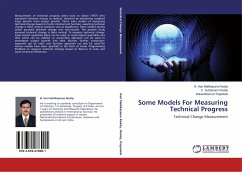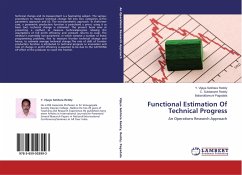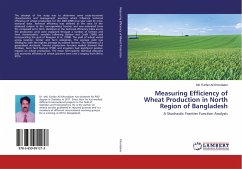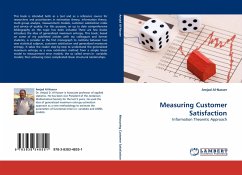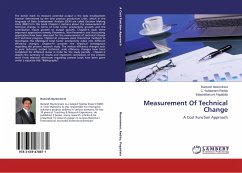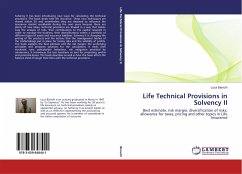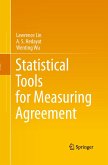Measurement of technical progress dates back to Solow (1957) who expressed technical change as residual, obtained by subtracting weighed input growth from output growth. There were studies of measuring technical change based on factor minimal cost function, assuming technical change is Hicks neutral, producer was at equilibrium. There existed studies which assumed technical change was non-neutral. The present study assumed technical change is Hicks neutral. To measure technical change input-output quantities alone can be used; or input-output quantities and their prices can be utilized; or accounting approach can be used to decompose output growth into their sources; further, production approach can be used; cost function approach can also be used.The various models have been specified in the form of Linear Programming Problems to measure technical changes based on Returns to scale and Input technical efficiencies.
Bitte wählen Sie Ihr Anliegen aus.
Rechnungen
Retourenschein anfordern
Bestellstatus
Storno

